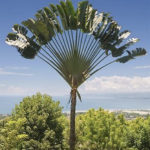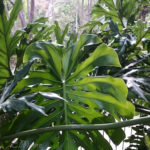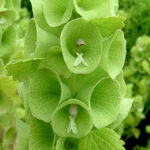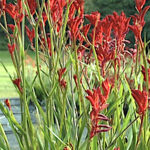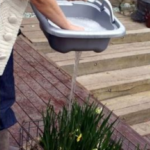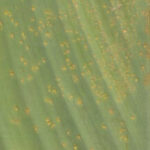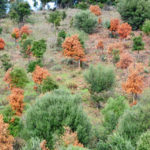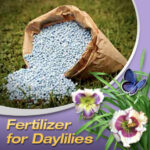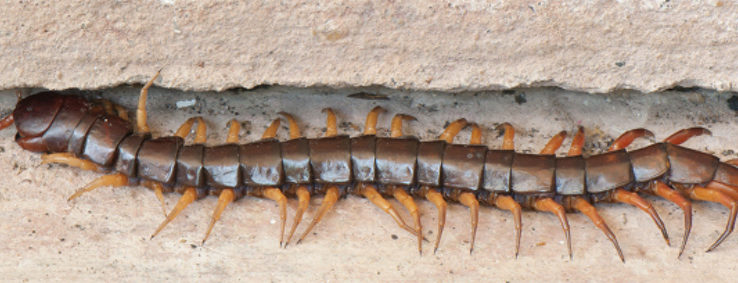
Centipedes Sun Sand Shade
Centipedes Millipedes And Their Life Cycle
 Millipedes are detritivores found commonly in the garden. They feed on dead, decaying and all ready rotted away plant matter. They are commonly seen under the rocks, decaying logs or in leaf litter in the sun or shade. Though the word millipede means a thousand legs, they actually have less than 100 legs. When threatened, millipedes coil its body to form a spiral. Millipedes are very slow moving when compared to centipedes. Millipedes cannot sting but produces foul smelling chemicals, which can burn or blister your skin. Millipedes can attack certain garden plants and bulbs by the stems and the roots but they don’t usually kill plants. Centipedes are mainly nocturnal in habit and mainly feed on insects in the garden. They do not harm the garden plants. Centipedes are venomous and they can sting humans. The effects of the poison include swelling, pain, discolouration and numbness.
Millipedes are detritivores found commonly in the garden. They feed on dead, decaying and all ready rotted away plant matter. They are commonly seen under the rocks, decaying logs or in leaf litter in the sun or shade. Though the word millipede means a thousand legs, they actually have less than 100 legs. When threatened, millipedes coil its body to form a spiral. Millipedes are very slow moving when compared to centipedes. Millipedes cannot sting but produces foul smelling chemicals, which can burn or blister your skin. Millipedes can attack certain garden plants and bulbs by the stems and the roots but they don’t usually kill plants. Centipedes are mainly nocturnal in habit and mainly feed on insects in the garden. They do not harm the garden plants. Centipedes are venomous and they can sting humans. The effects of the poison include swelling, pain, discolouration and numbness.
How to Differentiate a Millipede From Centipede?
Millipedes are red or dark brown in colour with an elongated tubular body and have two pairs of legs on each body segment. Centipedes are flatter than millipedes and have a pair of well-developed antennae at the anterior end. They have a single pair of legs per each body segment. The legs are longer when compared to that of millipedes. Centipedes move very fast, whereas millipedes are slow movers and easier to stomp with your heel.
How are They Beneficial?
Both millipedes and centipedes are beneficial to the gardeners.
- Millipedes help to break down the dead plant material in the garden.
- This will ensure the supply of various nutrients in the soil.
- Centipedes feed on the insects and spiders which harm the garden plants and protect the garden plants from these pests.
How to Control Them?
Millipedes can damage your garden if their number becomes more. To divide and control them remove any objects in the garden, which can hold moisture to control the millipedes, even the potted daylilies sitting in sauces full of damp sand that stopped the mosquitos from breeding, instead of using plain water. Grow ground covers instead of the garden mulch around plants and roses. Removing leaf litter and other damp items from the garden is a good idea, it will reduce the number of centipedes as well. Millipedes do not live long in very dry conditions. They do not harm plants but can sting humans. Lots of people panic when they see a millipede or centipede but there is no need to panic if you see them in your garden. Just take the measurements to control their population when the number goes out of control. Stings of some larger varieties of centipedes are extremely painful. To control them you can guide them into a container put the lid on and put them in the cold fridge or freezer where they will die. Later on after a few hours put them in the bin.
Life Cycle of Millipedes
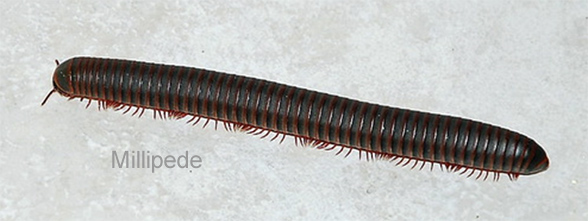 The female millipede can lay 500 to 1000 eggs at one time inside the nest or created underground. The baby millipedes have only 3 pairs of legs. As the millipedes grow, they shed their skin and develop more body segments and legs. The bay millipede leaves the nest after undergoing moulting at least once. It will take 2- 5years for them to reach adulthood. The life span is up to 7 years.
The female millipede can lay 500 to 1000 eggs at one time inside the nest or created underground. The baby millipedes have only 3 pairs of legs. As the millipedes grow, they shed their skin and develop more body segments and legs. The bay millipede leaves the nest after undergoing moulting at least once. It will take 2- 5years for them to reach adulthood. The life span is up to 7 years.
Life Cycle of Centipedes
The male centipedes leave the spermatophore in the soil, which will be later engulfed by the female. The female lays eggs in the cool dry holes in the soil. They can lay 10-50 eggs. Hatching time will vary from one to a few months. The eggs hatch to form the nymphs. During the nymph stage, the centipede undergoes moulting multiple times and develops new sets of legs. It will take 2-3 years for the nymph to reach adulthood. They can live for 5-6 years.


